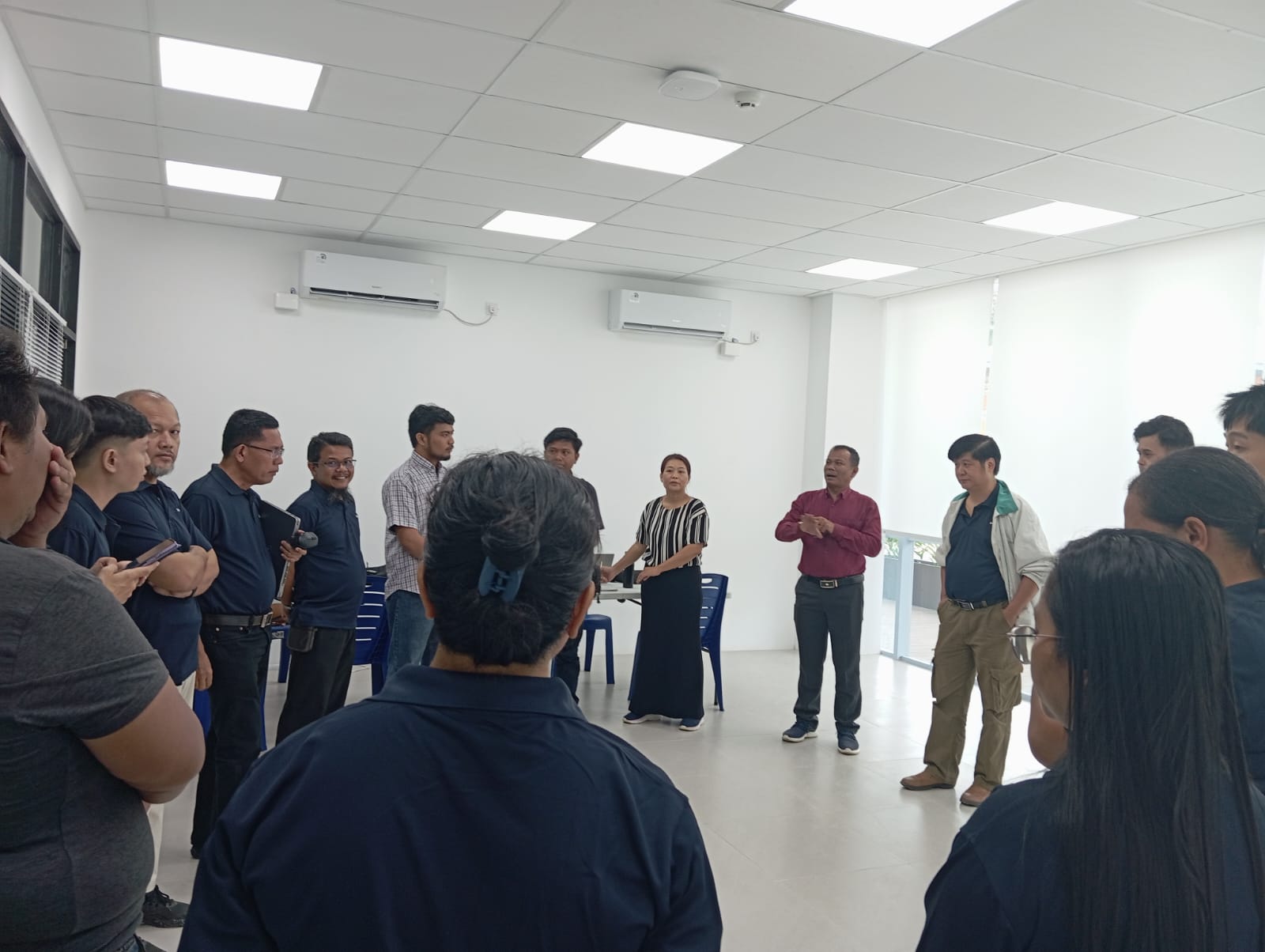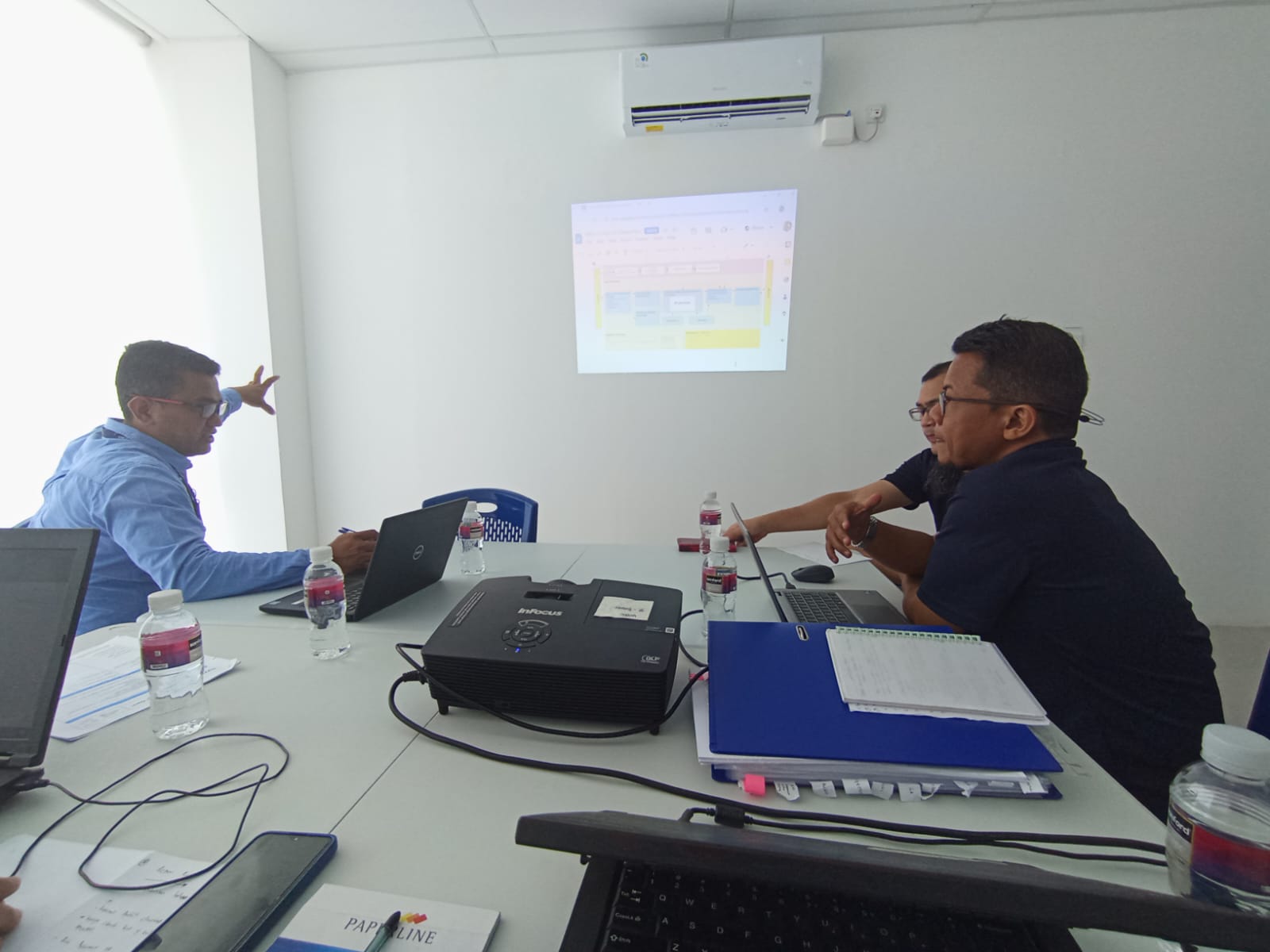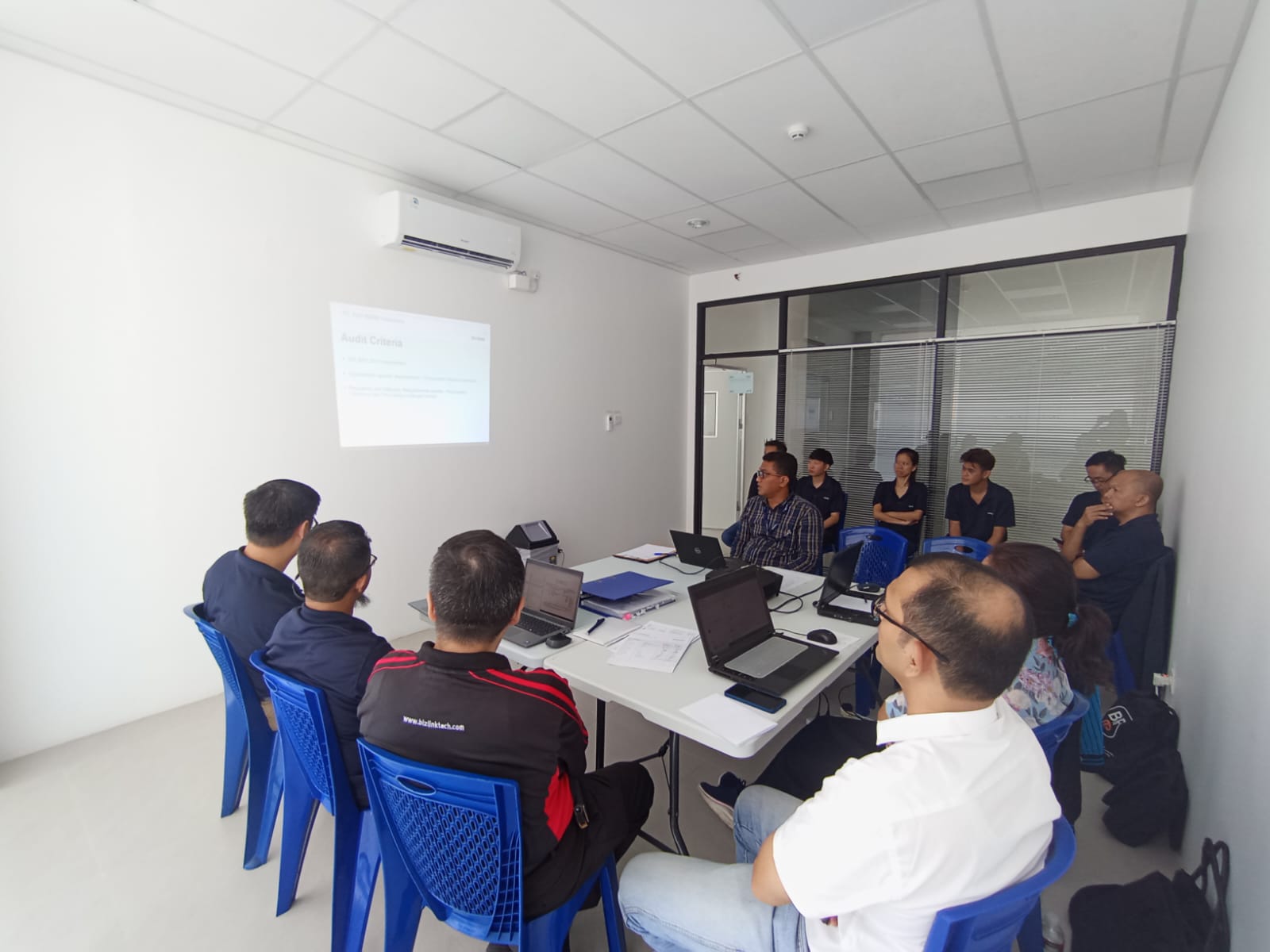ISO vs SMK3: What’s the Difference in K3?
In the modern industrial world, implementing an Occupational Safety and Health (OHS) Management System is no longer merely a legal obligation, but rather a strategic investment to protect a company’s greatest asset, its human resources. The two most frequently referenced standards in Indonesia are ISO 45001:2018 and the Occupational Health and Safety Management System (OHSMS), which are regulated in Government Regulation (PP) No. 50 of 2012.
Many people ask, which is better? Which should come first? This article will thoroughly explore the fundamental differences between the two and help organizations make the most appropriate choice.
Basic Understanding: Origin and Nature
1. SMK3 (PP No. 50 of 2012)
- The nature of SMK3: Mandatory and National.
- Legal Basis: PP No. 50 of 2012 concerning the Implementation of the K3 Management System.
- Scope: Applies to any company that employs 100 or more workers or that has a high level of potential hazards (such as mining, construction, oil and gas, chemicals).
- Primary Objective: Requires companies to create a safe, efficient, and productive workplace through a systematic, planned, and measurable approach. SMK3 embodies employers’ legal obligation to protect workers.
2. ISO 45001:2018
- The nature of ISO 45001:2018: Optional (Voluntary) and International.
- Legal Basis: International standards published by the International Organization for Standardization (ISO).
- Reach: Can be implemented by any organization, regardless of size, industry, or type, worldwide.
- Primary Purpose: To provide a global framework for improving worker safety, reducing workplace risks, and creating better and safer working conditions. ISO 45001 focuses on risk management and integration with other management systems such as ISO 9001 (Quality Management System) and ISO 14001 (Environmental Management System).
Deep Differences Between SMK3 and ISO 45001
SMK3: A Standardized Compliance Approach
SMK3 was born out of the need for Indonesian national regulations. Its approach is strongly compliance -based .
- National and Limited in Nature: The SMK3 is designed specifically for the legal, social, and industrial context of Indonesia. It is a legal mandate that must be implemented by certain companies (based on workforce size and risk level). This makes it highly relevant and immediately applicable domestically, but also limits its perspective to the problems and solutions identified by Indonesian regulators.
- The “One-Size-Fits-All” Approach: Government Regulation No. 50/2012 establishes elements and criteria that tend to be fixed and uniform across all types of organizations. While there is a rating of achievement levels (scored from 1 to 5), the underlying framework lacks the flexibility to accommodate the complexity, size, and unique context of each organization. This approach can feel rigid for dynamic startups or service organizations with significantly different risks than manufacturing .
- Focus on Minimum Compliance: The primary purpose of an OHSMS is often perceived as simply meeting minimum legal requirements to avoid sanctions. While the goal is noble, improving OHS, the resulting culture can be reactive—focused on “fixing what the auditors require” rather than building a proactive and resilient system. The focus is more on “are we meeting all the criteria?” rather than “how can we sustainably reduce risks and improve OHS culture?”
ISO 45001: A Dynamic Risk-Based Approach
As an international standard, ISO 45001 is built on a modern management philosophy that focuses on the organizational context and risk assessment.
- A Recognized Global Standard: ISO 45001 is designed to be applicable in any country, regardless of local regulatory conditions. This makes it a “universal language” for OH&S management, facilitating communication between multinational companies, suppliers, and clients.
- The “Risk-Based Thinking” approach: This is the heart of ISO 45001. This standard requires organizations to identify hazards, assess OHS risks and opportunities, and take action to manage them . it is very adaptive Because :
- Context Specific: The organization shall analyze the internal and external context (e.g., market conditions, stakeholder needs, workforce characteristics) that affect its OHS system.
- Proactive and Preventive: By identifying risks before they cause incidents, organizations can take preventative measures, reducing the likelihood of accidents and occupational illnesses.
- Focus on Continuous Improvement: The adopted Plan-Do-Check-Act (PDCA) cycle encourages continuous evaluation and improvement of the system, going beyond simply meeting static standards.
- Emphasis on Stakeholder Needs: ISO 45001 explicitly requires organizations to understand and consider the needs and expectations of a wide range of stakeholders ( workers , regulators, suppliers, communities), not just regulators. This broadens not quite enough answer organization beyond compliance law solely .
SMK3: Strong Domestic Recognition
- Legality and Obligations in Indonesia: SMK3 has undeniable legal force in Indonesia. For companies operating solely domestically, SMK3 certification (especially those achieving level 3 or higher) serves as formal proof of regulatory compliance and can be a requirement for participating in government or state-owned enterprise (BUMN) project tenders.
- Limited Global Value-Added: Outside Indonesia, SMK3 is little known. For multinational companies or exporters, simply having an SMK3 certificate does not provide significant value or credibility to international business partners, as they are unfamiliar with the Indonesian regulatory framework.
ISO 45001: Passport to the Global Market
- Universal Recognition in More from 160 Countries: ISO 45001 Certificate from an accredited certification body understood and respected worldwide . It is a symbol of the company’s commitment to world-class OHS practices .
- Door to Global Partnerships: Many global companies, especially from Europe and America, require or prefer their suppliers to have ISO-certified management systems, including ISO 45001. Having this certification opens up wider business opportunities and facilitates integration into the global supply chain.
- Enhanced Reputation and Competitive Advantage: ISO 45001 communicates to investors, customers, and the public that a company is well-managed, responsible, and cares about its most important asset: its people. This reputation creates a strong competitive advantage in attracting top talent and retaining customer loyalty.
- Universal Business Language: ISO 45001-compliant audit reports, policies and OHS objectives can be easily understood by stakeholders worldwide, facilitating better communication and transparency.
Implementation Challenges and Solutions
For SMK3:
- Complex Bureaucracy: SMK3 certification and audit processes often involve cumbersome administrative procedures and long waiting times from relevant agencies, which can hinder business agility.
- Lack of Flexibility: The relatively rigid and compliance-oriented SMK3 framework makes it less adaptable when applied to innovative and dynamic business models, technologies, or work processes.
- Slow Updates to Keep Up with Industry Developments: As a government regulation, the SMK3 revision and update process is not as fast as the development of modern industrial risks and technologies (such as the digital economy, remote work, or cyber hazards), potentially leaving the standard lagging behind the latest best practices.
For ISO 45001:
- Larger Initial Investment: Costs for consultation, training, certification by international bodies, and preparation of a comprehensive documentation system require a more significant budget compared to SMK3.
- Documentation Complexity: The application of risk-based thinking principles and the need to demonstrate performance evaluation and continuous improvement demands a more detailed and structured documentation system, which can be challenging for organizations without experience in international management systems.
Why is ISO 45001 Better for the Future?
- Future-Proof System, ISO 45001 is designed to remain relevant to technological developments and changes in modern work patterns, including OHS challenges in the digital and work-from-home era.
- Global Mindset, In the global economy, having an internationally recognized certification is no longer just an option, but a strategic necessity.
- Sustainability Orientation, ISO 45001 in line with ESG (Environmental, Social, Governance) principles are increasingly become global investor attention .
Conclusion
While SMK3 has its role within the Indonesian regulatory context, ISO 45001 is clearly the superior choice for organizations serious about building a world-class OHS culture. Investing in ISO 45001 isn’t just about compliance, but about building a sustainable competitive advantage that will pay long-term dividends in the form of safer, more efficient, and more profitable operations.
For companies looking to go international or raise their operating standards to the highest level, transitioning from SMK3 to ISO 45001 is not an option—it is a strategic imperative.
Ready to Take a Step Toward Global OHS Excellence?
Need Help ISO 45001 Certification ? Contact ISO Space!
Entrust your occupational health and safety management system consulting and certification needs to ISO Space — a trusted partner with professional, reliable, and results-oriented services.anagement system consulting and certification needs to ISO Space—a trusted partner with professional, reliable, and results-oriented services.
Contact us now via:
Call Center: 0822-8830-3338
📩Email: marketing@isospace.id
Contact Person: Kristina Saragi
▶️Mobile/WhatsApp: 0812-6816-1778
Kristina’s email: kristina@isospace.id
Don’t wait for OHS risks to become major problems!
Together with ISO Space, enhance your company’s reputation and competitiveness with globally recognized ISO 45001 certification.
Thanks for reading!





Leave a Reply